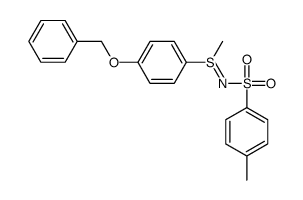| In Vitro |
The Pirin is a nuclear protein with the nuclear factor I/CCAAT box transcription factor (NFI/CTF). Pirin proteins are highly conserved between mammals, plants, fungi, and prokaryotic organisms and are considered to belong to the cupin superfamily. TPh A (20 μM; 5 hours) reduces the amount of pirin-bound Bcl3 and inhibits the interaction between pirin and Bcl3 in HEK293T cells in a glutathione S-transferase (GST) pulldown assay (HEK293T cells are transfected with vectors that encoded bcl3-Myc and pirin-His6 for 43 h of transfection)[1]. TPh A (0-100 μM; 48 hours) does not exert any potent cytotoxic activity against many human cancer cell lines, it against MCF7, MDA-MB231, HeLa, DU145, HepG2, A549, HT1080, WM266-4, and SK-MEL-28 cells with IC50 values >50 μM, and exhibits IC50 values of 27 μM, 20 μM and 26 μM for PC3 HL60 and HT29 cells, respectively[1]. TPhA (0-50 μM; 48 hours) inhibits cell migration in WM266-4 cells, SK-MEL-28 cell in a concentration-dependent manner[1]. Cell Viability Assay[1] Cell Line: MCF7, MDA-MB231, HeLa, DU145, HepG2, A549, HT1080, WM266-4, and SK-MEL-28 cells Concentration: 0-100 μM Incubation Time: 48 hours Result: Did not exert any potent cytotoxic activity against many human cancer cell lines.
|
